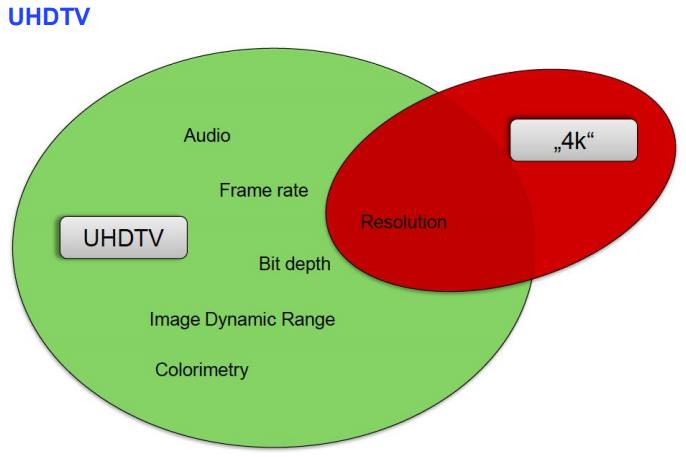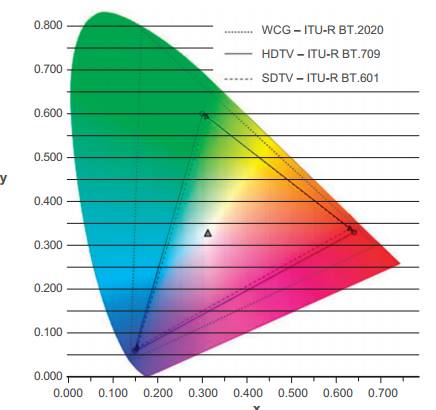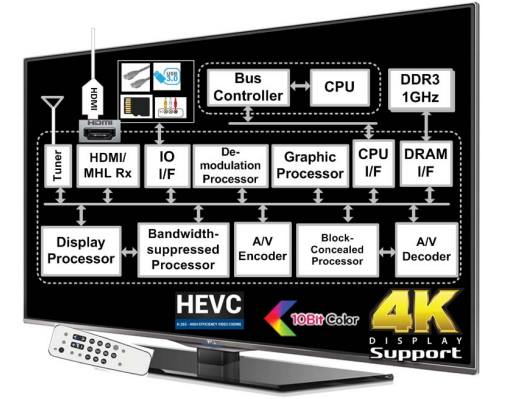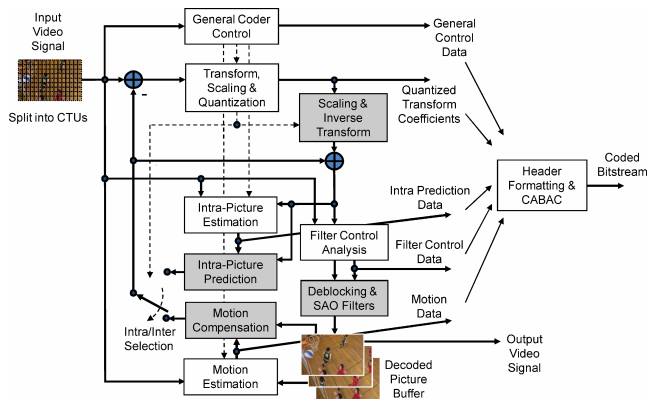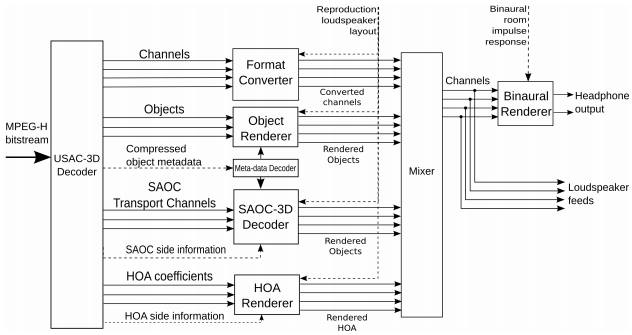Introduction
Video technology had evolved from black and white to color, analog to digital, SD (Standard Definition) to HD (High Definition) and from heavy and bulky cathode ray tubes to compact and much lighter plasma, LCD or LED flat screens. Not forgetting the initiation of trans-national digital TV via satellite and the related explosion in the number of channels carried. However to provide a satisfying high quality video with full range of human visual capabilities for realistic experience requires further advances in video technology i.e. ultra-high resolution video. UHD has already been standardized as a video format with spatial resolution 4K (3840x2160) and 8K (7680x4320) corresponding to 4 and 16 times the resolution of a progressive HDTV 1920x1080 pixel picture in an ITU (International Telecommunication Union) recommendation (ITU-RBT.1769) [3]. This paper will use UHDTV for referring 4K UHDTV. The basic technologies such as high quality camera, high resolution display, large storage and wideband transmission infrastructure are essential to realize 4K video services. 4K Ultra HD is perfect resolution for full immersion and compelling experience so that the viewer can have a much wider viewing angle than with the normal HDTV and the higher resolution allows the viewer to enjoy stunning images at much closer distances to the screen. UHDTV technology is not only interesting for television broadcasting and entertainment, is also attractive in the field of scientific imaging as: astrophysics, medical imaging, art restoration, and surveillance systems. In this paper, we will discuss characteristics, functionalities and workings of 4k UHDTV. Section III describes the architecture with details of internal embodiment and its operation. The market and Business models of UHDTV is explained in section IV followed by social and legal impacts of it in section V. The future trends and conclusion is followed in section VI [4].
